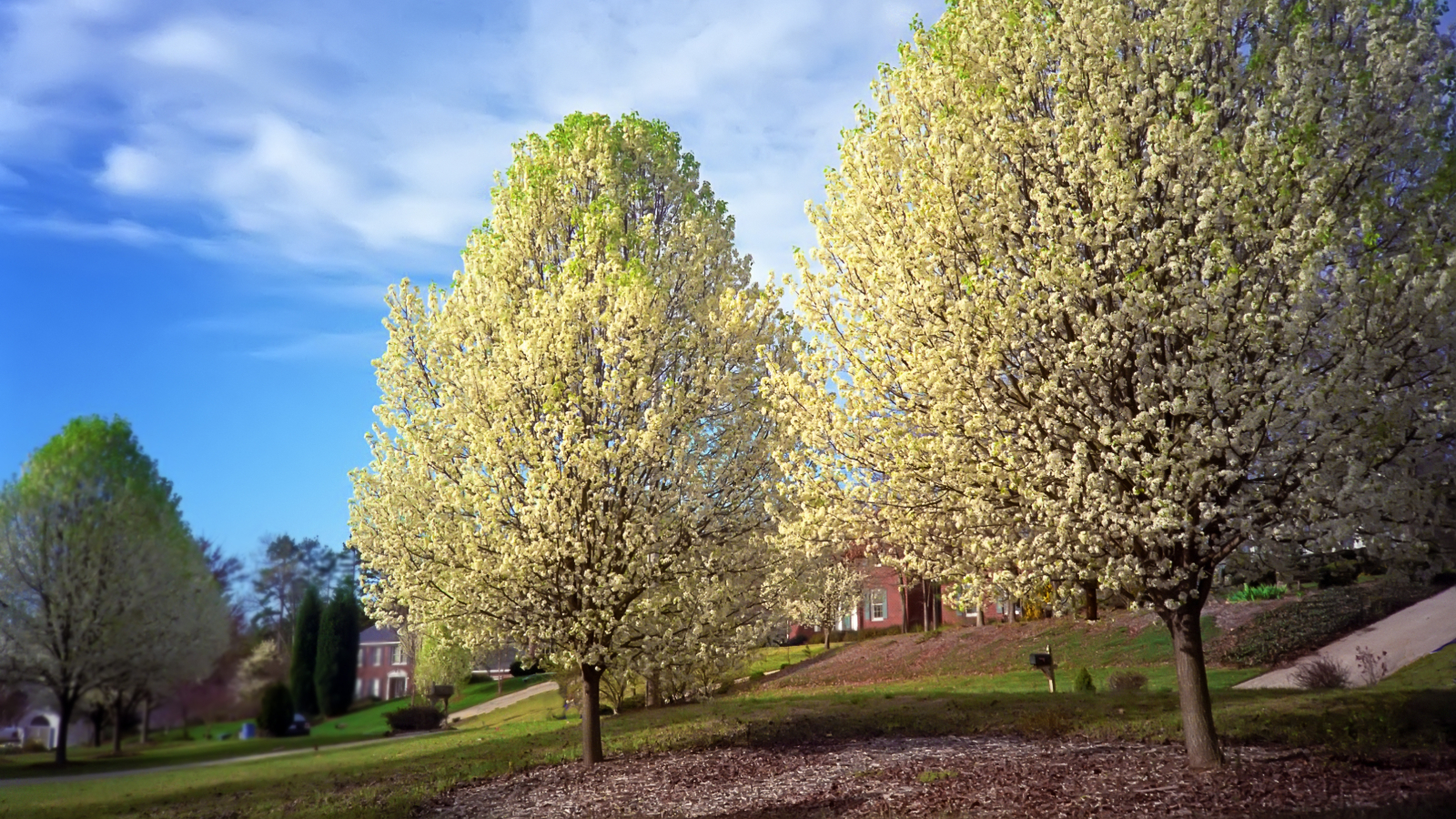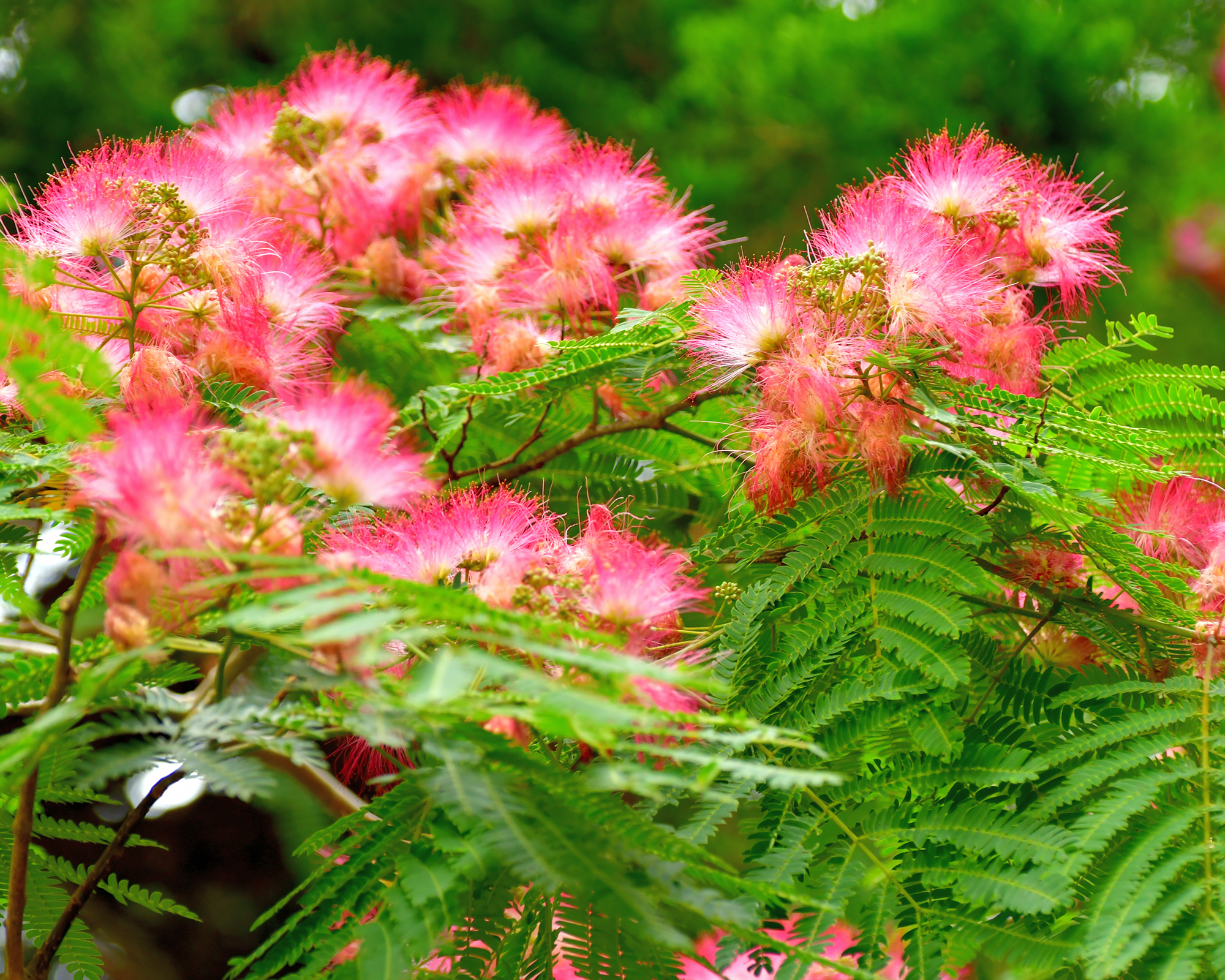7 Invasive Trees You Should Never Plant In Your Yard Or Garden
These invasive trees can spread and take over large areas. Learn which ones to keep out of your yard or garden to prevent problems.

Laura Walters

Nothing invites nature into a backyard like trees, especially native trees. But there are many invasive trees that crowd out native species and disrupt the natural ecosystem. They can escape cultivation and spread to wild areas, choking out or shading out native vegetation.
While some of these trees are commonly known to be invasive, others that are equally bad for the environment pass unnoticed. Let's take a look at some of the worst culprits you should never grow.
Invasive Trees You Should Never Plant
Are you ready to get the low down on invasive species in order to take better care of the planet? Here are 7 trees to put on your list to never plant in your yard.
1. Norway Maple
The Norway maple (Acer platanoides) is an extremely shade tolerant tree, with the cultivar "Crimson King" with its purple foliage being among the most popular. This shade tolerance, combined with an extremely high number of wind-blown seeds, have made it an invasive species in some areas like the Northeast.
Norway maple outperforms native trees in the area like sugar maple. While seedlings can be pulled up by hand and saplings with a weed lever or cut, re-sprouting will occur so follow-up will be necessary.
2. Siberian Elm
This invasive species (Ulmus pumila) grows to 70 feet (21 m.) tall, with green flowers that appear before the foliage, small leaves, and winged, round fruit that hangs in clusters. It grows fast with little rainfall in areas with poor soil. That enables it to move into and quickly dominate disturbed prairies in just a few years.
The seed germination rate is high, and the species is resistant to Dutch elm. Since it cross-pollinates with native elms, identification is difficult.
Sign up for the Gardening Know How newsletter today and receive a free copy of our e-book "How to Grow Delicious Tomatoes".
3. Autumn Olive
This shrub (Eleagus umbellata) lights up the yard with its shiny red berries, which are also extremely popular with wildlife. It grows to 20 feet (6 m.) tall and hungry birds and mammals distribute the berry seeds widely, leading to its invasive status. Autumn olive is highly invasive and is listed in the Severe Threat category by the Tennessee Exotic Pest Plant Council.
4. Princess Tree
Princess Tree (Paulownia tormentosa) is an extremely attractive tree with heart-shaped leaves and upright clusters of pink or lavender flowers. In the fall, those lovely flowers disburse thousands of seeds from the dry, brown capsules, and those seeds sprout quickly and grow up to 15 feet (5 m.) a year. Once established, it is difficult to get rid of.
5. Mimosa

The silk tree (Albizia julibizin), commonly known as mimosa, is an Asia native, but can be seen growing along highway and powerline rights-of-way, and forest edges. Introduced as an ornamental, it is now listed as a “Severe Threat” by the Tennessee Exotic Pest Plant Council.
This member of the bean family has large leaves, pink, thread-like flowers, and many flat bean-like seed pods with abundant long-lived seeds. Like other invasive shrubs, it sprouts vigorously when cut back.
6. Tree of Heaven
The tree of heaven (Ailanthus altissima) was introduced into this country in the 1780s as a street tree growing quickly to 80 or 100 feet (24-30.5 m.) tall. Tolerant of smoke and soot, it can also thrive in poor soils and gradually spread throughout much of North America.
Today it is listed as invasive in at least 30 states thanks to the large numbers of winged fruits it grows, each with a single central seed that propagates readily. The tree also sprouts readily from its roots after being cut back.
7. Callery Pear
The Callery pear (Pyrus calleryana), also known as the Bradford pear tree, is a highly invasive plant that is native to Asia. These hardy, adaptable trees have been popular choices for urban and suburban landscapes for decades but now several states like Ohio have banned the sale of Bradford pear trees.
Though they provide a lovely display of white blossoms in spring, these trees are aggressive spreaders and have taken over huge areas in the Midwest, choking out native trees and other plants in the process.

Teo Spengler is a master gardener and a docent at the San Francisco Botanical Garden, where she hosts public tours. She has studied horticulture and written about nature, trees, plants, and gardening for more than two decades, following a career as an attorney and legal writer. Her extended family includes some 30 houseplants and hundreds of outdoor plants, including 250 trees, which are her main passion. Spengler currently splits her life between San Francisco and the French Basque Country, though she was raised in Alaska, giving her experience of gardening in a range of climates.
- Laura WaltersContent Editor